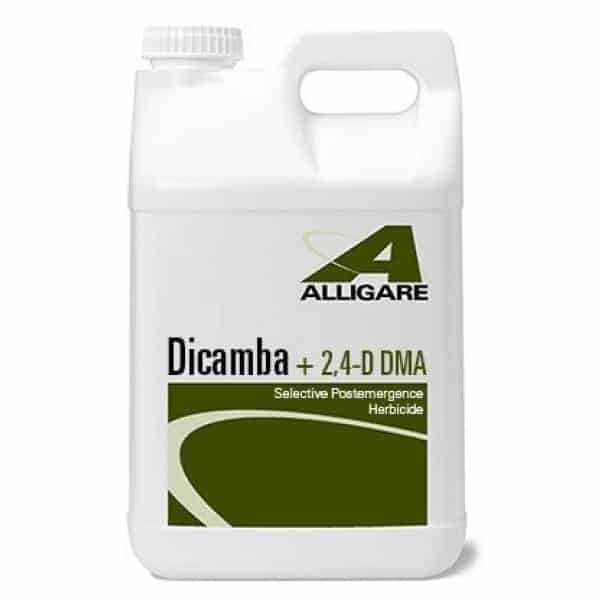By: Gerard Ridgway
Extensive use of chemicals on GMO crops
Endocrine disrupting chemicals are widely used in GMO agriculture. These chemicals are in herbicides with the active substances: Glyphosate, Dicamba or 2,4-D. Together, these substances are used on almost all GMO crops in the world. The GMO area sprayed with these hormone-inhibiting substances is therefore very large. GMO areas are approx. 80 million hectares in North America, and approx. 80 million hectares in South America. China produces GMOs of approx. 30 million hectares, and in India GMOs are grown on about 10 million hectares. These have been genetically modified to be resistant to herbicides with the active substances Glyphosate, Dikamba, 2,4-D or glufosinate.

The rapid development of glyphosate-resistant weeds has led to the development of new GMOs. Newer genetically modified soya, maize, cotton and rapeseed have had genes inserted for herbicide resistance (HR) against more or more of these substances. The effect on the environment is that there will be more use of herbicides with glyphosate and more use of the other hormone-disrupting herbicides in the environment. Worldwide, over 370 million kg of glyphosate is used on herbicide-resistant GMOs. Dicamba is 400 times more toxic, and 2,4-D is 75 times more toxic to broad-leaved plants than glyphosate. This means that very low amounts of these substances are effective against weeds. On the other hand, these can easily float in the air, and harmful amounts can run off into water.

Genetic modifications in soybeans for resistance to 2,4-D (2,4-dichlorophenoxyacetic acid) and dicamba (3,6-dichloro-2-methoxybenzoic acid) in combination with resistance to glyphosate and glufosinate are widespread. Both higher concentrations of herbicides, increased number of treatments, and increased number of combinations with herbicides have led to increased concentrations of toxins in environments where crops have been genetically modified to be more resistant to herbicides than previously used. At the same time that much more of these hormone-disrupting substances are used, it is also observed that they are toxic at concentrations much lower than previously documented.
In 2,4-D-exposed workers, significant levels of poor sperm motility, a low proportion of live, a high proportion of immotile sperm cells and sperm with many sperm cells with abnormal morphology have been documented. The new development is GMO crops that are resistant to higher concentrations of several different herbicide toxins. This can lead to increased amounts of herbicide toxins in the air and water.
Glyphosate is always used together with an adjuvant that enhances the effect of the herbicide. Increased toxicity of glyphosate in herbicides compared to glyphosate alone is probably due to the adjuvant. An adjuvant aims to increase the effectiveness of the active ingredient glyphosate. Many unwanted effects of glyphosate weedkiller have been registered which may be due to adjuvants together with glyphosate.
2,4-D can cause disruption of the endocrine system, reduced sperm production, damage to testicles and genetic damage. Use of 2,4-D will increase where there are weeds with glyphosate resistance. The overall negative effects on the immune system, endocrine system and gut microbiome must over a long period of time lead to unwanted changes in ecosystems where only GMOs are protected. The results of investigations suggest that exposure to 2,4-D and its accumulation in fluid may increase the risk of infertility.
Links:
- Serious shortcomings in the European risk assessment of herbicide tolerant GE plants for human health (PDF)
- Toxic effects of 2,4-dichlorophenoxyacetic acid on human sperm function in vitro (PDF)
- Pesticide Use and Incident Hypothyroidism in Pesticide Applicators in the Agricultural Health Study (PDF)
- France takes Roundup weed-killer off market after court ruling



